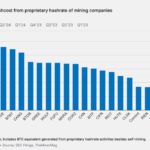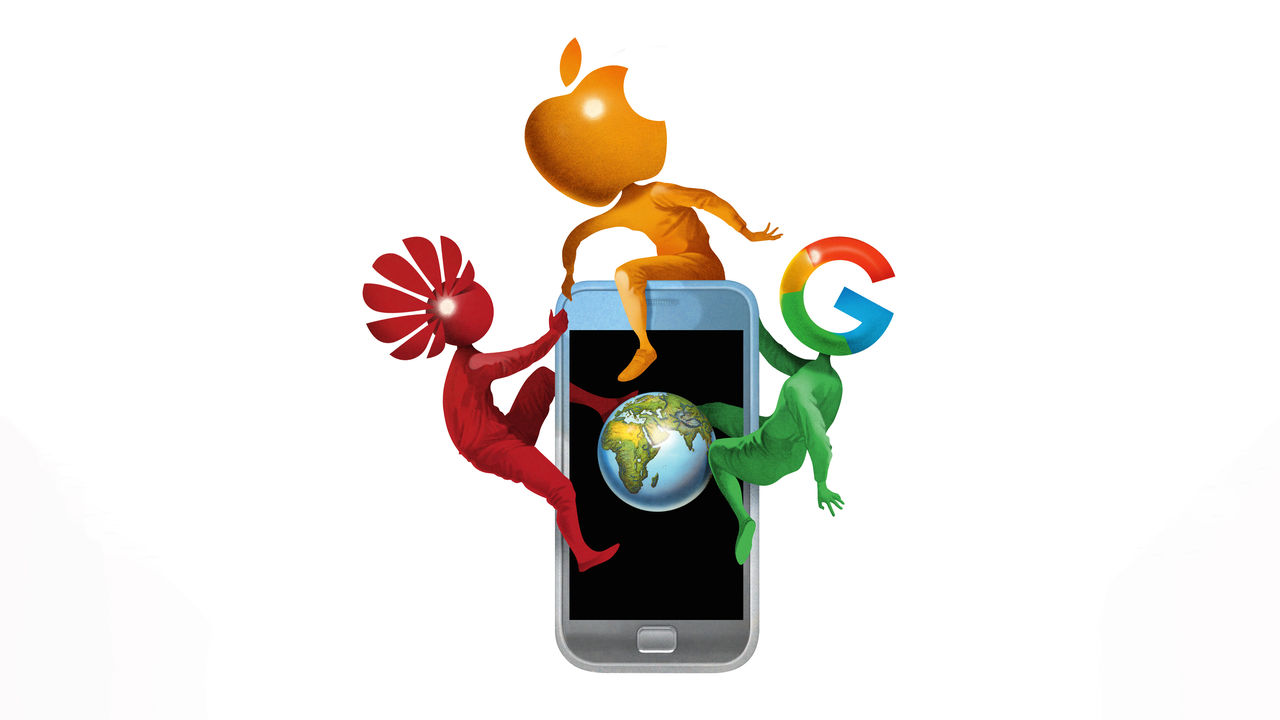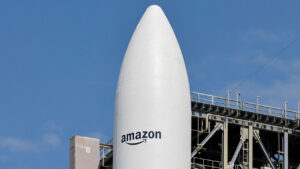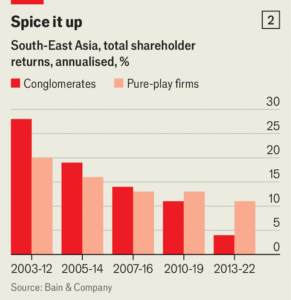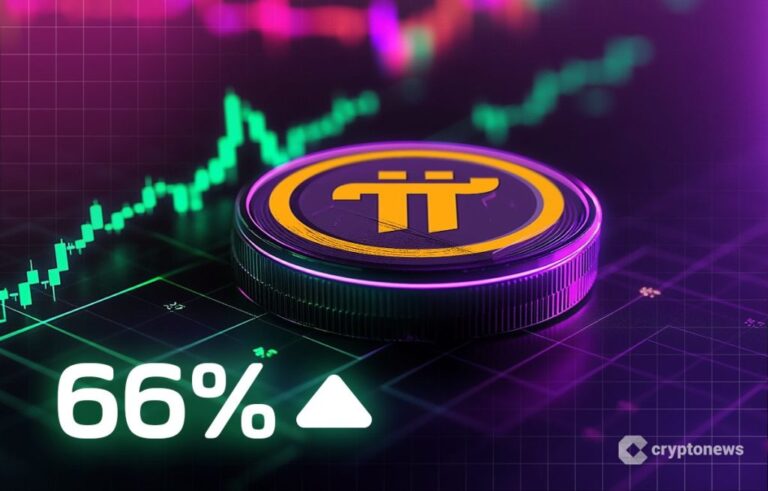
TO CALL APPLE a corporate behemoth is to be uncharitable. It is much bigger than that. On many financial measures it makes more sense to compare the iPhone-maker not with other companies but with stockmarket indices—and not some obscure ones, either. Exclude financial firms and India’s Nifty 50 sit on less cash. When Apple reports its annual results on October 31st analysts reckon its net profit will be just below what Germany’s DAX blue chips raked in last year. On October 21st its market capitalisation nudged $3.6trn, more than Hong Kong’s Hang Seng.
Rivals in Apple’s core smartphone market look puny next to the colossus of Cupertino. Samsung, a down-on-its-luck South Korean electronics conglomerate which sells more handsets globally than any other firm, is worth one-thirteenth as much, despite also boasting a huge semiconductor business. Xiaomi, a Chinese challenger whose devices outsold iPhones in August, generates less than 5% of Apple’s gross profit. The average iPhone sells for $900, compared with $300 for a Samsung and half that for a Xiaomi. Google, a Silicon Valley neighbour with a tidy digital-ad operation and growing hardware ambitions, shifted $5bn-worth of Pixel phones in 2023—which against a $200bn screen of iPhone sales looks, well, like a pixel. Competition? What competition?
Going by Wall Street analysts’ targets for Apple’s share price, it seems nothing can stand in the way of its triumphant march towards $4trn. Still, the iPhone’s everlasting presence in the world’s deepest pockets cannot be taken for granted. In many ways, its position appears less certain than it has been in years.
The iPhone looks the most unassailable in its home market. Nearly half of all Americans aged 12 or more own one. And many of those who do not would like to, given how powerful a marker of status the Apple logo has become. If you are under the age of 20, “you either have an iPhone or blame your parents,” sums up Runar Bjorhovde of Canalys, a research firm.
A big wrinkle is that America’s smartphone market is shrinking. Americans bought some 124m new handsets in 2023, according to Counterpoint, another research firm, down from 174m six years earlier. Now the strategy of grabbing a bigger slice of a shrinking American pie may have run its course. Apple’s domestic sales peaked in 2021, at 77m. Last year it shipped 70m.
Samsung has long craved a bite out of Apple’s business. Its latest high-end phones were early to use Google’s Gemini artificial intelligence (AI) to enhance search, photo-editing and other tasks. Gemini, whose co-creator just shared a Nobel prize, slots in neatly with the Android operating system, also designed by Google and made available to Samsung and others on an open-source basis. But not as neatly as it does in Google’s own Pixels, which integrate Gemini not just with Android but also with its custom-made mobile chips. Apple has historically relied on a similar fusion of hardware and its operating system, iOS. But it has largely eschewed AI model-making and, in a departure from its habitual control-freakery, has chosen instead to rely on outside help for a critical technology. Apple Intelligence, an AI assistant which it will begin rolling out within days courtesy of OpenAI, creator of ChatGPT, thus risks offering a choppier user experience than Pixels do.
Apple faces even more trouble in China. Its second-largest market is likewise in secular decline, but much more fiercely competitive. No smartphone brand in China exceeds 18% of unit sales. Five local ones—Oppo, Vivo, Honor, Huawei and Xiaomi—plus Apple each chalk up at least 14%. On October 22nd the American firm’s chief executive, Tim Cook, unexpectedly popped up in Beijing for the second time this year—possibly in an effort to shake up what Horace Dediu, a veteran Apple-watcher, calls the Chinese market’s “steady state”.
If so, Mr Cook had better get jiggling. According to a recent survey by Canalys, Chinese consumers are keener than Westerners on AI capabilities, which local rivals have been quick to offer. Apple, meanwhile, still has no launch date for a Chinese-language Apple Intelligence. The ultra-high-resolution cameras that Apple shuns are a selling point for homespun rivals in a selfie-obsessed nation. So is their Chineseness: patriotic consumption has helped Huawei, which America has tried to smother with sanctions since 2019, stage a remarkable comeback. It recently overtook Apple’s shipments in China for the first time in three years. Chinese devices, which use a greater portion of cheap but high-quality Chinese components than iPhones do, offer better value for money, says Yang Wang of Counterpoint. At a time of sour consumer sentiment, that matters.
Beyond Pax Cupertina
In parts of the world where smartphone sales are still growing apace, Apple has a different problem—its pricey iPhones are almost nowhere to be seen. Transsion’s cut-price devices reign supreme in Africa. In India, where Oppo, Vivo and Xiaomi together account for two-thirds of handsets sold, Apple’s share languishes at 5%. It is possible that as their disposable incomes rise, phone-buyers in the global south will, like many Chinese before them, opt for higher-end offerings from their current suppliers, rather than hurrying to buy an iPhone.
Apple may console itself by arguing that these problems look trifling today. The world’s 1.5bn iPhone-users represent the wealthiest one-fifth of humanity. Many happily lock themselves in the iOS walled orchard, where Apple sells them high-margin services from cloud storage to streaming and, soon, AI. Apple Intelligence may be a compromise worth making, given OpenAI’s machine-learning chops. And Mr Cook is pushing into India, tomorrow’s biggest prize. Still, Apple must not forget that dominant doesn’t mean indomitable. ■
Subscribers to The Economist can sign up to our new Opinion newsletter, which brings together the best of our leaders, columns, guest essays and reader correspondence.







